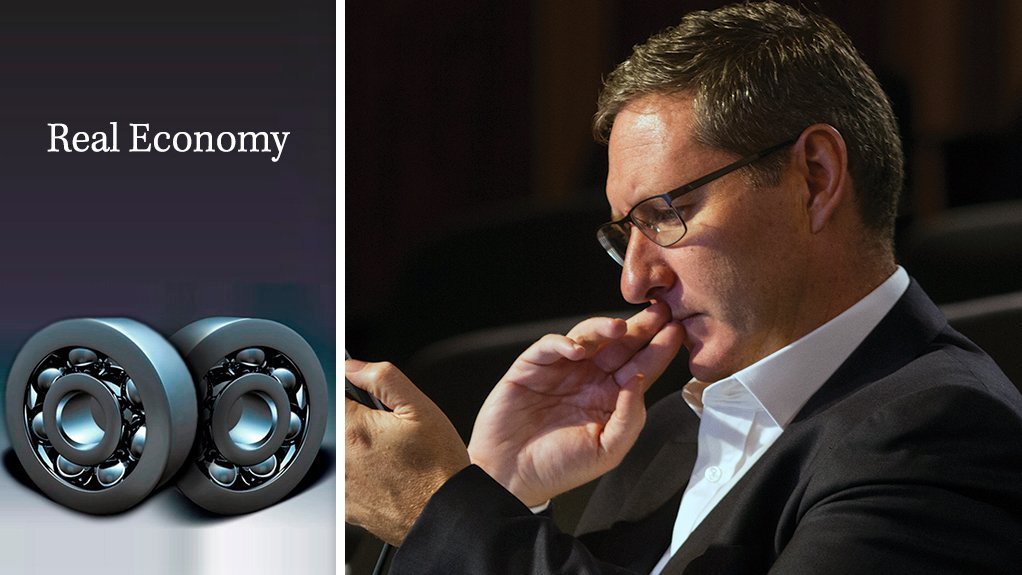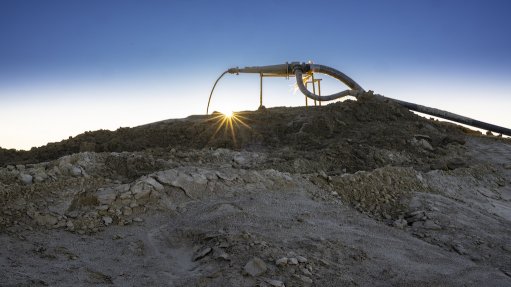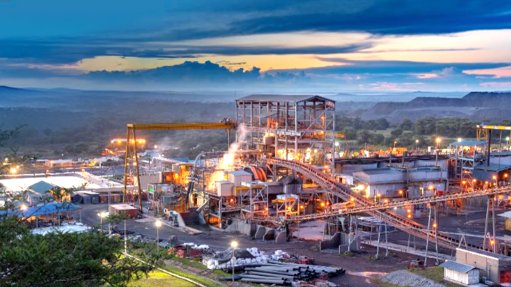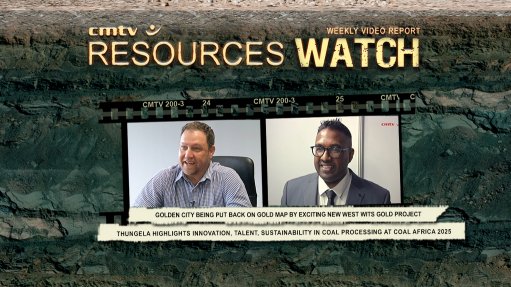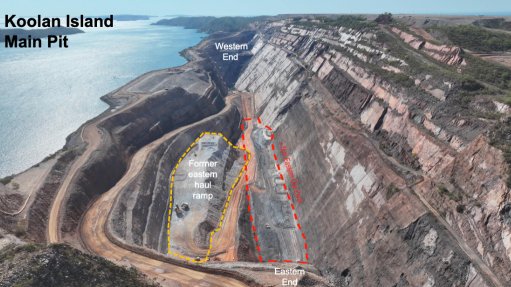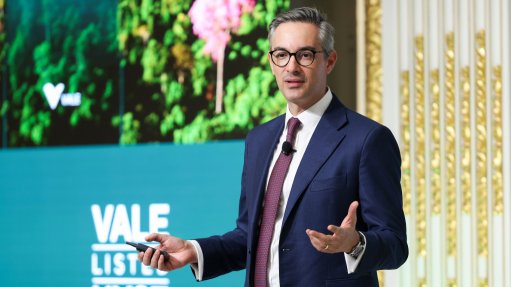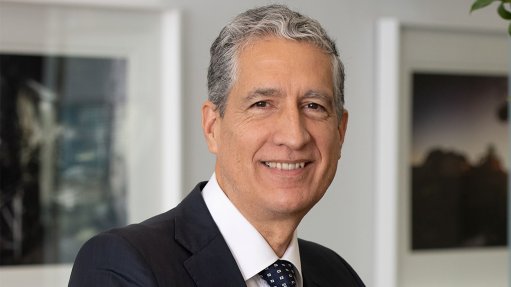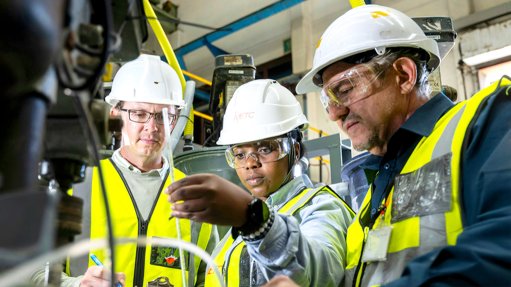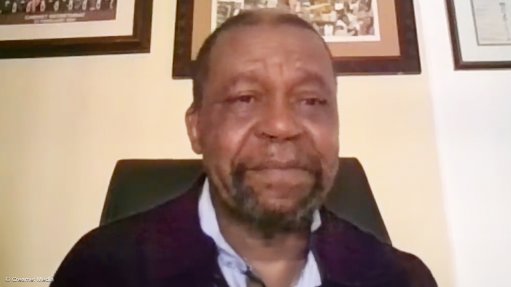The real challenge facing the Eskom task team
The most recent financial and operational crises at Eskom have brought to the fore the serious economic risks associated with relying on an entity that is simply too big to fail. Its governance problems, meanwhile, have highlighted the social, political and reputational risks of allowing such an institution to be ‘captured’ by a predatory elite.
For the majority of South Africans, the utility represents a vivid case study of the cost of monopoly inefficiency. For many electricity industry practitioners, it underlines just how vulnerable the vertically integrated business model is to technology disruption and how difficult it is for such a business to avoid the dreaded utility death spiral.
The recent problems have also served to improve the visibility of Eskom’s most likely end state by underlining the fact that a business- as-usual approach will not be enough to place the company back on a sustainable path. While massive efficiency and governance improvements remain critical, ultimately, Eskom needs to be restructured. A process of vertical separation will have to be implemented in an effort to lower the risks posed by the utility to the economy and to society.
The most likely scenario is for Eskom’s generation and distribution assets to be hived off from the utility’s core units of transmission and system operation. Power stations may be sold, but wholesale privatisation is not inevitable. It is possible, though, that some of the older stations might close earlier than anticipated, as they struggle to compete with cheaper facilities built by companies, municipalities and individuals.
The transmission business, as well as the system operator, will emerge as the linchpin in an increasingly distributed system, where the contribution from variable renewable-energy plants rises, but is kept in balance through the introduction of flexible generators. Grid and system operation is likely to remain State owned to ensure not only a level playing field between generators, but also a fair distribution of risks and rewards across the supply chain.
In many ways, this transmission system operator will emerge as the conductor of an electricity supply orchestra that comprises various sections, including the legacy centralised generators, an increasing number of utility-scale wind and solar power stations and an array of distributed plants and flexible generators. Its job will be to ensure that the sections are brought together harmoniously so that the increased variability is managed without disruption to the consumer or the network and the current upward pressure on electricity tariffs is released.
The real challenge for the Eskom Sustainability Task Team, appointed in December by President Cyril Ramaphosa, is, thus, not the definition of the end state – although articulating it clearly would be extremely helpful. Instead, it is to define a politically acceptable roadmap to get there.
No easy task, particularly given how much political heat the restructuring of the electricity supply industry is now generating.
Sensitivity will have to be shown to those most vulnerable to the restructuring and the transition. This cannot be at the expense, however, of delivering a sustainable and competitive electricity supply industry in the medium to long term. Indeed, without such an industry, all our jobs are in jeopardy.
Article Enquiry
Email Article
Save Article
Feedback
To advertise email advertising@creamermedia.co.za or click here
Press Office
Announcements
What's On
Subscribe to improve your user experience...
Option 1 (equivalent of R125 a month):
Receive a weekly copy of Creamer Media's Engineering News & Mining Weekly magazine
(print copy for those in South Africa and e-magazine for those outside of South Africa)
Receive daily email newsletters
Access to full search results
Access archive of magazine back copies
Access to Projects in Progress
Access to ONE Research Report of your choice in PDF format
Option 2 (equivalent of R375 a month):
All benefits from Option 1
PLUS
Access to Creamer Media's Research Channel Africa for ALL Research Reports, in PDF format, on various industrial and mining sectors
including Electricity; Water; Energy Transition; Hydrogen; Roads, Rail and Ports; Coal; Gold; Platinum; Battery Metals; etc.
Already a subscriber?
Forgotten your password?
Receive weekly copy of Creamer Media's Engineering News & Mining Weekly magazine (print copy for those in South Africa and e-magazine for those outside of South Africa)
➕
Recieve daily email newsletters
➕
Access to full search results
➕
Access archive of magazine back copies
➕
Access to Projects in Progress
➕
Access to ONE Research Report of your choice in PDF format
RESEARCH CHANNEL AFRICA
R4500 (equivalent of R375 a month)
SUBSCRIBEAll benefits from Option 1
➕
Access to Creamer Media's Research Channel Africa for ALL Research Reports on various industrial and mining sectors, in PDF format, including on:
Electricity
➕
Water
➕
Energy Transition
➕
Hydrogen
➕
Roads, Rail and Ports
➕
Coal
➕
Gold
➕
Platinum
➕
Battery Metals
➕
etc.
Receive all benefits from Option 1 or Option 2 delivered to numerous people at your company
➕
Multiple User names and Passwords for simultaneous log-ins
➕
Intranet integration access to all in your organisation



